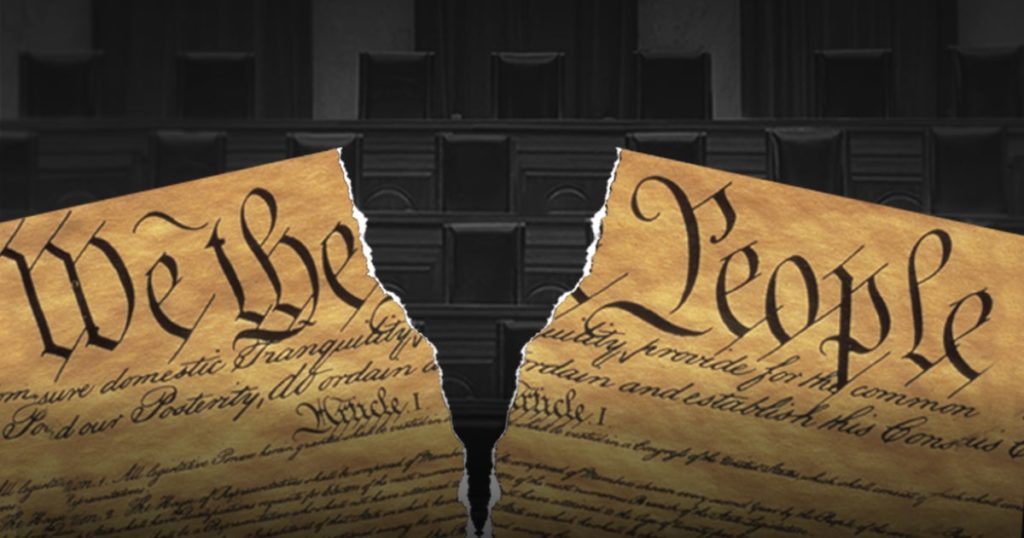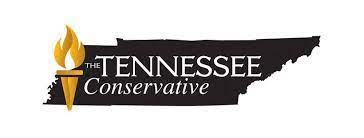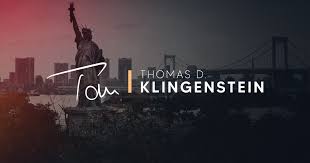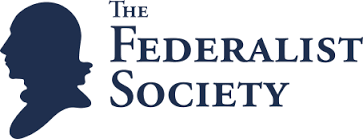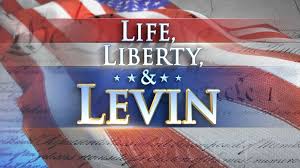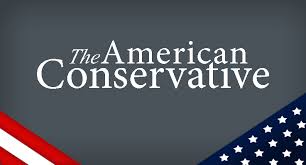Citizens or Subjects?: Unpacking Judicial Supremacy
It is ironic that some historians outside the legal academy provide a clearer perspective regarding the state of constitutional law than most law professors.
This essay first appeared in Law & Liberty on November 2, 2022 (here). Thanks to Power Line and Instapundit (here).
Paul D. Moreno has been teaching constitutional history for over 20 years. He is a history professor at Hillsdale College, where he holds the William and Berniece Grewcock Chair in Constitutional History. Moreno earned his Ph.D. at the University of Maryland, studying under the renowned historian Herman Belz, co-author of the standard text on constitutional history. Not surprisingly, therefore, Moreno displays an impressive erudition in legal history. In addition to constitutional history, he also written extensively about labor law. In fact, I discovered his 2008 essay, “Organized Labor and American Labor Law: From Freedom of Association to Compulsory Unionism,” a few years ago while preparing for a lecture I was invited to give at the University of Colorado’s Center for Western Civilization, Thought & Policy. As someone who had practiced labor law for 30 years and written extensively on the topic, I was astonished by the breadth and depth of Moreno’s knowledge of an arcane subject that receives little serious attention in the legal academy.
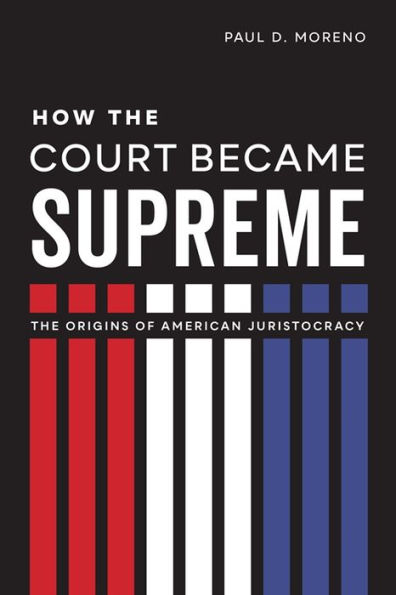
Accordingly, I was eager to read his new book, How the Court Became Supreme: The Origins of American Juristocracy, published by the LSU Press. I was not disappointed. Not only does Moreno bring his first-rate scholarship to bear on constitutional law and history, he does so without the blinders, conventions, prejudices, and taboos that are increasingly prevalent in the leftist echo chamber of today’s law schools. History taught from the standpoint of the legal academy is sometimes derided as “law-office history.” Moreno is an actual historian. His goal is to explain “how the United States Supreme Court turned itself into the most powerful court the world had ever seen.” His deeply-researched treatise traces the roots of the judiciary as an institution, from antiquity (Hebrews, Greeks, Romans), through medieval English law, to modern times, evincing a keen understanding of Supreme Court decisions and their significance. History is complicated, and Moreno does not spare any relevant detail.
America’s federal judiciary was—and until recently, remained—unique in the world. Inspired by Montesquieu, and following the colonial experience, the Constitution adopted a tripartite federal structure with an independent judiciary. (In contrast, the ill-fated Articles of Confederation lacked a judicial branch altogether.) This innovation, with the attendant feature of judicial review, was not particularly controversial at the time and did not immediately lead to the judiciary’s usurpation of power. Moreno catalogs the Supreme Court’s performance over time, as reflected in its decisions, distinguishing between “minimalist” and “maximal” judicial review, which ebbed and flowed under various iterations of the Court after the Constitution was ratified. Moreno takes the reader through 230 years of Supreme Court decision-making (beginning with the first decision in 1792), covering everything from the first Chief Justice, John Jay, to the present.
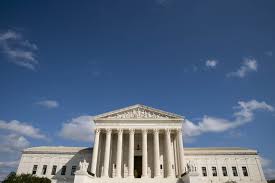
Assuming that How the Court Became Supreme is intended to be used as a textbook, the final exam will be a challenge, given the sheer volume of information the book contains. For that reason, Moreno’s book–with voluminous end notes, an extensive bibliography, and several appendices–is also invaluable as a reference work.
Moreno carefully explores the origins of American “juristocracy”—a term coined by political scientist Ran Hirschl—without blaming the device of judicial review or Marbury v. Madison. Moreno pungently describes juristocracy as the belief that “Courts must take the place of traditional institutions that modernity had undermined, to make ‘value’ choices for deracinated and disoriented mass man.” Unlike some center-right historians, Moreno has no quarrel with John Marshall or his handiwork as Chief Justice. The Framers fairly assumed that judicial review would serve as a check on the executive and legislative branches, as contemplated by Federalist 78. Some potential constraints on judicial power, such as the impeachment of judges for misconduct in office, fell into “desuetude” following the acquittal of Samuel Chase in 1805, but in general the Court stayed in its institutional “lane” until the 20th century. Despite current conceptions of the Supreme Court as a powerful lawmaking body, the Court has not always been a central institution in the nation’s capital. Indeed, the Court did not have its own building until 1935!
In Moreno’s telling, the modern “imperial judiciary” took root during the New Deal and came to fruition in the civil rights movement. Moreno analyzes many factors that contributed to the current regime of judicial lawmaking: the decline of formalism, and in particular the notion that the Constitution, as written, represents the ultimate expression of popular sovereignty—a “higher law”; periodic national crises; the empowerment of the legal profession, including the advent of the modern law school, the employment of law clerks to assist the Justices beginning in 1886, and procedural innovations reflected in the 1938 Federal Rules of Civil Procedure; the rise of legal realism; Progressivism; and the lack of political resistance by the other branches (unlike contemporaneous opposition to Dred Scott).
Eventually, these influences coalesced to allow the ascendency of what Benjamin Cardozo called Gefühlsjurisprudenz, meaning “a jurisprudence of sentiment or feeling.” As Moreno explains, “Juristocracy resulted from the breakdown in this tension between natural and positive law, as modern political theory destroyed the distinction between law and politics—or defined everything as politics.” Thus was born the notion of a “living Constitution.” Liberal Justices began legislating from the bench.
The transformation of the Court’s role began in earnest in Carolene Products (1938), which introduced a double-standard into constitutional jurisprudence: “Some groups, and some rights, would enjoy greater judicial protection than others.” Carolene Products’ footnote 4, “though little noticed at the time, became the blueprint for postwar American judicial liberalism.” Although the seeds of juristocracy were planted during the so-called Roosevelt Court, they bloomed under Chief Justice Earl Warren, appointed by President Dwight Eisenhower. Moreno is critical of many aspects of the Warren Court’s jurisprudence, such as expanding the “incorporation” doctrine, which—among other things–produced a criminal rights revolution, starting with Mapp v. Ohio in 1961, and the legislative apportionment cases beginning with Baker v. Carr in 1962, which gutted the “political question” limit on justiciability.
In Moreno’s view, the most consequential decision of the Warren Court, and the one that permanently altered the Court’s role, was Brown v. Board of Education (1954). He terms Brown “the most important Court decision in American history.” Although in Moreno’s judgment the decision was not supported by the 14th Amendment (which “almost all scholars admitted…did not mean to prohibit segregation, especially in public schools”), “the Court would live for decades on the moral capital it gained in Brown.” Even Chief Justice Warren, the unanimous decision’s author, conceded that the original intent of the 14th Amendment was “inconclusive.” Instead, Moreno avers, the decision in Brown “rested upon a generation of progressive legal philosophy, of sociological jurisprudence, legal realism, and living constitutionalism.”
The Court learned that being on the “right side of history” was more important than correctly interpreting the law. “Emotivist judging,” a hallmark of Gefühlsjurisprudenz, became a mainstay of constitutional jurisprudence. Moreno contends that “Opposition to judicial supremacy became associated with the defense of white supremacy.”
Today, most originalist legal scholars defend Brown with inventive theories that were not advanced by the NAACP at the time, even though the Court (at the behest of Justice Felix Frankfurter) scheduled re-argument of the case with the explicit direction to “address the question of the intent of the framers and ratifiers of the Fourteenth Amendment.” Moreno recounts that famed scholar Alexander Bickel, Frankfurter’s law clerk during the 1952 Term, researched the history and concluded that the 14th Amendment didn’t proscribe segregation. In the wake of Brown, prominent judges and law professors such as Learned Hand and Herbert Wechsler complained about Brown’s shoddy reasoning and warned of the dangers of extra-constitutional decision-making, which Hand compared to “be[ing] ruled by a bevy of Platonic Guardians.”
Moreno does not question the result in Brown: “The Court did the right thing…when no other part of the American political system would.” It is likely that popular sentiment would have eventually ended segregation either legislatively or by constitutional amendment, but Brown relieved political actors of the need to resolve the difficult controversy. While the nation is understandably grateful—in hindsight–that the Court took the initiative in Brown, Moreno points out that “Even after nearly everyone came to celebrate its result, Brown has few defenders as jurisprudence.” The result in Brown, which “launched today’s omnipotent Court,…gave the Court its reputation for wisdom and courage,” but at the same time emboldened its subsequent legacy of activism.
Moreno addresses the quest of originalists to defend Brown in a lengthy footnote, which summarizes the scholarly literature and suggests that “other means existed to reach the result in Brown that did not suffer from the manifest and manifold defects of Warren’s opinion.” These included the rationale that segregated schools were not in fact “equal,” under Plessy v. Ferguson (which had previously been used to desegregate some state law schools), or adopting the “our Constitution is color-blind” rubric from Justice Harlan’s dissent in Plessy. In any event, originalists must remember that the Framers provided a mechanism to rectify imperfections in the Constitution: amendment pursuant to Article V.
Criticisms of Brown were unavailing. The Court delayed enforcement of Brown’s holding (with the vague command of compliance “with all deliberate speed”), but did not waver on the merits. In fact, the Court doubled down with Cooper v. Aaron in 1958, declaring that its own decisions—and not just the Constitution itself—constitute the supreme law of the land. Moreno calls that decision, listing all nine Justices as authors, “an unprecedented statement of judicial supremacy,” containing “an element of bravado.”
How the Court Became Supreme covers a lot of ground—too much to summarize here. Moreno’s surefooted treatment of the Court’s antitrust jurisprudence is especially lucid. His perspective is refreshingly original on a variety of topics. Unlike some other scholars, Moreno does not pan Roger Taney’s tenure as Chief Justice (with the exception of Dred Scott) and opines that “the Taney Court did very little to alter the course of Marshall’s jurisprudence.” Similarly, Moreno does not condemn the Slaughterhouse Cases (concluding that the 14th Amendment was “an effort to make the Civil Rights Act [of 1866] permanent”) and makes a qualified defense of the Lochner era (citing David Bernstein’s scholarship). And much more.

Moreno, no fan of Oliver Wendell Holmes, excoriates Holmes’s vaunted dissent in Lochner with this tart rebuke:
Holmes mischaracterized his brethren, and his statement [about Herbert Spencer’s Social Statics] looked like the pot calling the kettle black, as Holmes was the only Darwin-influenced justice on the Court. Lochner rested on the political theory of the Founding, and liberty of contract, in particular, had a close connection to the Civil Rights Act of 1866 (whose list of rights began with the right “to make and enforce contracts”), which provides the best guide to interpreting the Fourteenth Amendment.
Moreno’s emphasis in How the Court Became Supreme is the period ending with Earl Warren’s resignation in 1969. The Court’s jurisprudence under Chief Justices Warren Burger, William Rehnquist, and John Roberts is summarized in the final chapter, entitled “The Metastasizing of Judicial Supremacy,” packing 50 years of Supreme Court decisions (including Roe v. Wade, affirmative action, busing, capital punishment, Chevron, Bush v. Gore, and Obergefell) into a fast-paced but soberly-reflective 35 pages. His primary goal, after all, is to explain “how did we get here?”, and by the time Richard Nixon became President, the Court had already achieved juristocracy.
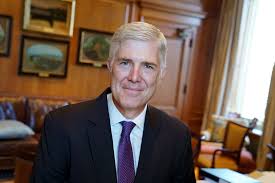
Correcting the Court’s current excesses will require discipline that even some celebrated “originalist” Justices may lack. Moreno pauses in chapter 8 to ridicule Justice Neil Gorsuch’s opinion in Bostock v. Clayton (2020) as “manifestly ridiculous,” and argues convincingly that “originalism” alone will not eliminate juristocracy unless it is accompanied by a more modest (i.e., restrained) judicial role. Hubris is not limited to the left. The Court should not function as a “bevy of Platonic Guardians,” and the Court’s self-proclaimed power of judicial supremacy (as defined by Cooper v. Aaron) must be rejected. The past 50 years have largely yielded disappointment for conservatives, but—thanks to President Trump’s hard-fought appointments to the Court–things may now be changing. I look forward to Moreno’s postscript (or sequel). The final chapter of How the Court Became Supreme could easily be expanded to full-blown book treatment—as could the last section of chapter 8, entitled “Juristocracy in the States and Abroad.”
How the Court Became Supreme is a remarkable book, one of the most illuminating volumes on constitutional law I have read since Robert Bork’s 1990 magnum opus, The Tempting of America. It is highly informative, thought provoking, well written, and amply documented. I highly recommend it. Moreno provides a more thorough, nuanced, and historically-informed perspective on constitutional law than the bulk of the scholarship emerging from the legal academy these days–due to its capture by the left. Moreno ends his book with these words: “In the ancient world, God replaced the judges with kings. In today’s juristocracy, the judge has become the king.” We must decide whether we are citizens or subjects. The Founders thought the former, and did not create Article III to substitute one monarch for another.
